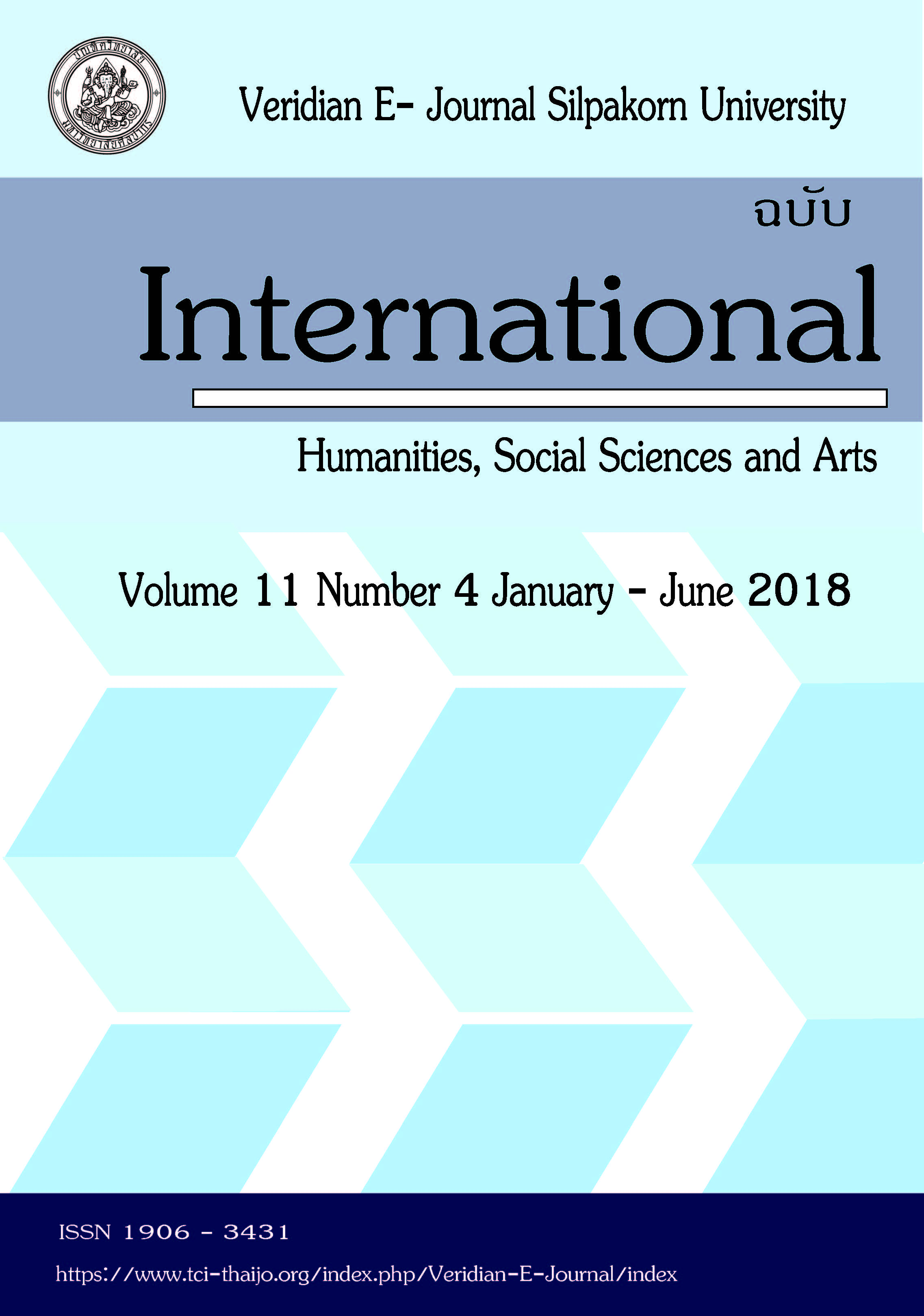Housing, Hospitality, and Habitation: the Collective Complexity and the Underlying Foundation of Humanistic Invention
Main Article Content
Abstract
The rise of urban consolidation is an issue for most growing cities around the world. Particularly it poses immense challenges in major cities across Asia due to the migration from countryside into centralized urban areas. The inner-city issues of land availability versus land values, the proximity to everyday infrastructural essentials, as well as the reduced commuting times; these aspirations for quality living with comfort and convenience result in the speedy rise of population densities. This current practice in property developments have generated numerous series of mixed-use building types, sometimes referred to as “Hybridization” or “the Social Condenser.”
While these typologies seem to cultivate the hype of upbeat and vibrant communities promoting diversities, multiplicities, and opportunities; however, an ideal sense of quality living being questioned by the loss of privacy and safety has gradually become a greater concern for every homeowner. An oversaturation of mixing and sharing can eventually lead to social fragmentation and segregation. Furthermore, many evidences point to architecture as the direct cause for social alienation as individuals begin to turn their backs away from an overexposed setup of publicness.
This paper explores potentials in both solutions and inventions in reaction to these immanent problems of alienation and isolation. By looking into many advantageous aspects of “hybridization” or “mixed-use” design, this “co-everything” concept has recently been incorporated in the business of hospitality—particularly the planning and design of accommodation which can magnify the very extra human touches for either communal or individual authentic experience.
To create a collaborative urban-living environmental complex for all generations and classes of residents, an ideal proposal, while supporting dynamics of tenant demographics, must also be designed to respond to emerging types of both conventional and unconventional family structures and tenant dynamics. This paper represents an urgent humanistic platform for future in-depth researches to come. Inventive solutions to this urban densification and consolidation must be undertaken with methodically calculated and as humanely perceived as possible, because the risk of dysfunctional communities imposes on our current culture beyond inappropriate land uses and the prevailing overcomplexity of hybridized building types.
